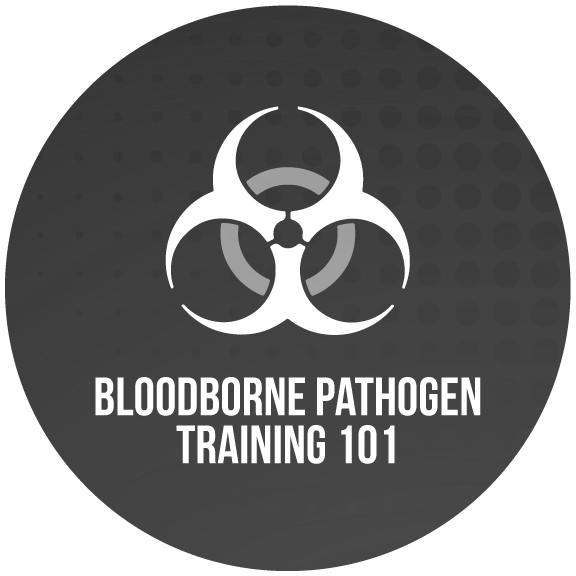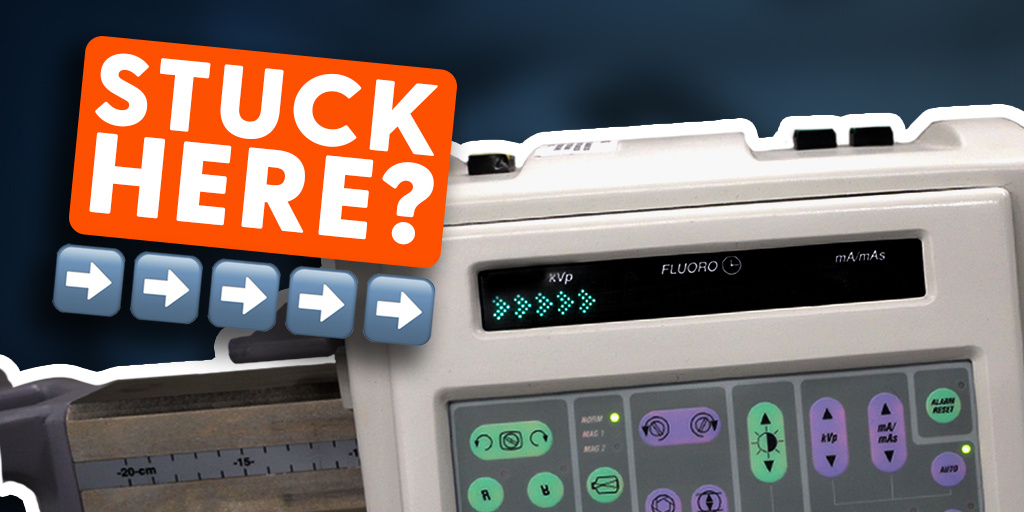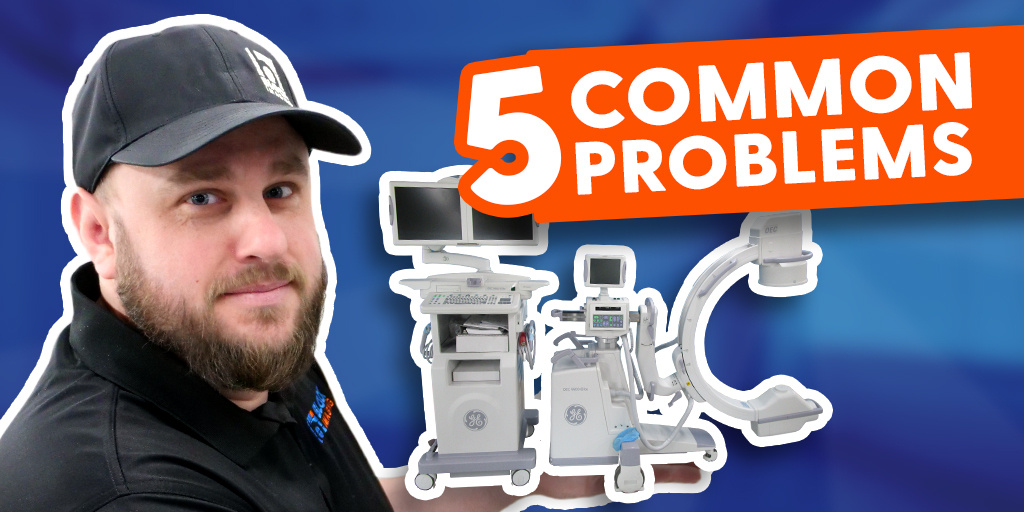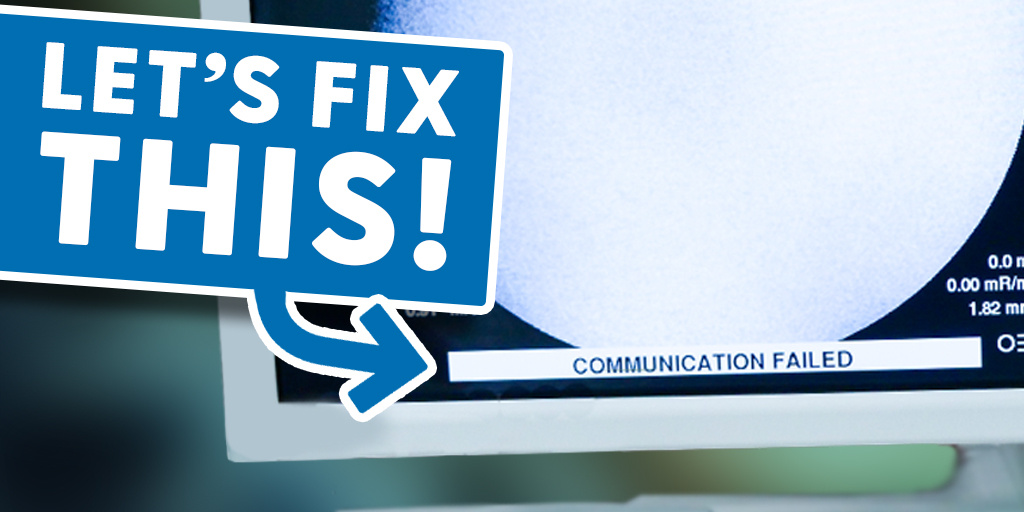
April 10, 2020 : 2 min read
Do ALL My Employees Need Bloodborne Pathogens Training?
We've heard people say it before: Bloodborne pathogen protocol is “common sense” or “a no-brainer”. They think of it as a waste of time better spent on their latest project. They assume that if they wear gloves, or safety glasses, or steel-toed shoes that they’ll be safe on the job. In most cases, they probably will be. BUT, knowing only part of a safety procedure leaves one vulnerable to the exceptions and the more extreme possibilities. The assumption that one has common sense (and actually uses it) is a dangerous one. That's why we, and OSHA, recommend BBP training for your entire staff.
Workplace Training for Bloodborne pathogen response
Protect your People
Teach anyone in your organization who will work directly with used medical imaging equipment what BBPs are and what risks they pose. OSHA defines BBPs as follows:
Pathogenic microorganisms that are present in human blood and can cause disease in humans. These pathogens include, but are not limited to, hepatitis B virus (HBV) and human immunodeficiency virus (HIV).
There are a number of online programs to train in BBP procedures and, with a little leg-work, government and university sponsored programs if a classroom setting is preferred.
Establish an Effective Decontamination Process
If you or any of your employees intend to remove covers from medical imaging equipment and handle interior components, this is an absolute must! We recently published a guide describing our decontamination process and some suggestions. Take a look:
This guide is not the end-all of decontamination documents, but might serve as a helpful springboard into building your own process. To help with this and provide further information, OSHA has published a list of resources on its website accessible through the following link: https://www.osha.gov/SLTC/bloodbornepathogens/otherresources.html
Don’t Assume Anything
Like Block Imaging, many purchasers of used imaging equipment have a clause in their contracts stating that responsibility to decontaminate lies with the seller, but this doesn't always happen, and if you think that doctors have time to clean up trauma patients before they are scanned, you are sadly mistaken. There is no time when a life depends on finding the problem and correcting it quickly and, all too often, no one makes time when the patient load is over and the machine is being removed.
Because of the amount of equipment we third-party engineers and refurbishers get our hands into, BBP training and decontamination procedures based on that training are essential. There can be bodily fluids on the equipment in your warehouse that could be hazardous for you to be in contact with whether you see blood or not. If one of us makes an assumption about a “common sense” approach to BBP management without being trained, that person could be transporting microbes just about anywhere in our work areas; your company’s technical “Ty Cobb” may not be such a whiz where BBPs are concerned.
Get the training. Write the processes. We are all on the medical imaging team together, so let’s help each other stay safe!

Trish Payne
Trish Payne is Block Imaging’s OEM and FDA Liaison. Trish is passionate about understanding the causes of challenges and working collaboratively to overcome them for the good of the imaging industry and the healthcare providers it serves. In addition to keeping Block Imaging’s work in step with industry standards, Trish is a wife, mother of two, tennis player, and world traveler.



